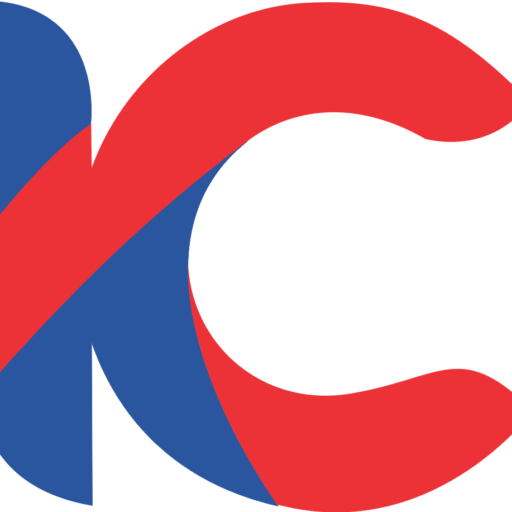Film Making
After watching a great movie, few people ever sit back and think about how much work it took to make. They may check out how much the actors were paid or what kind of budget the film worked with, but it’s impossible to know what it truly takes to make a film until you’ve been through the process yourself.
Step 1: The Idea
Every movie you’ve ever seen first started with an idea in someone’s brain. Although things change as a project goes on, the story you come up with in the beginning will serve as the foundation on which everything else will be built. Start thinking about the kind of story you want your film to tell and all the important story elements involved: plot, characters, conflict, etc. It’s also a good idea to create a folder in which you save newspaper and magazine articles, snippets of overheard dialogue, notes on characters you see on the street, and even dreams. You may not know what to do with these things now, but the day will come when you do.
Step 2: The Script
The script is where you’ll put down the story, setting, and dialogue in linear form. This important tool will be used by the rest of the team to know what’s going to happen in the film. You’ll also be using your own script as reference throughout the process as well since you may need to refresh yourself on certain actions, dialogue lines, and more. And don’t be afraid to let your actors improvise, whether it’s in rehearsal or on the set. You may be surprised at what your actors are able to imagine from their character’s point of view. This is especially true for filmmakers who may not be great with writing dialogue.
Step 3: The Storyboards
A storyboard is a sequence of drawings that represent the shots you plan to film. We highly recommend this process because it helps you visualize each scene and decide on things like camera angles, shot sizes, etc. You’ll discover your storyboard’s true value when it helps communicate what you’re trying to go for to other people on the set. And for those of you who think, “I can’t draw,” photographing your storyboards can be a quick solution. Your camera phone works fine for this. Just take a couple of friends to your location and tell them, “You stand here, you stand there,” and take pictures. Take lots of pictures. From lots of different vantage points. Then select the ones you like best and there’s your storyboard. Doing this has the added advantage of showing you what’s really possible. Because we often draw storyboards, then discover to our disappointment, that we’d have to demolish-+ a wall to get the perspective that we’ve imagined.
Step 4: The Cast and Crew
Assembling your team can be both exciting and nerve-wracking. We recommend you take as much time as needed to find the right people for your film. For crew members, be sure to consider their past work and experience, and request showreels or any examples if available. You should also hold auditions to find the best actors and actresses for your roles.
Step 5: The Locations
You may need to construct sets for a setting you’d like to have. But for scenes where an actual location will do, you’ll need to do some scouting to find the best spots. Take a camera with you and do as much traveling as possible, snapping shots of places you think will serve as the perfect setting for scenes.
Step 6: The Filming
It all comes down to this. To prepare, be sure to have a shoot script ready along with an organized schedule of what will be filmed when. Give yourself plenty of time to shoot scenes so that you’re never rushed and can accommodate for changes or problems. It’s common for a scene that will last one minute in the final cut to require more than five hours to film.
Step 7: The Post-Production
If you thought filming took time, you were wrong. Post-production is when you edit all your footage to create a rough cut of the film. Once done with the rough cut, you’ll begin adding things like sound effects, music, visual effects, and colour correction.
Mission
With film and video content more popular than ever, we help connect businesses with the creative professionals needed to make content to delight your target audiences. No matter what goals you want to achieve, we’ll help you find the qualified professionals and resources you need to make your ideas become a reality – anywhere around the world.
Vision
IHRC Corporation is not only a production company. We are also not a traditional crewing company or an agency. We are so much more than that. We combine the services from each to match your creative needs, style, budget and location with the perfect crew and vendors worldwide. Film and video production are in our Genes. With our years of experience, production know-how and a meticulous verification process, it’s no surprise that we’re known as the industry’s most trusted tool.
